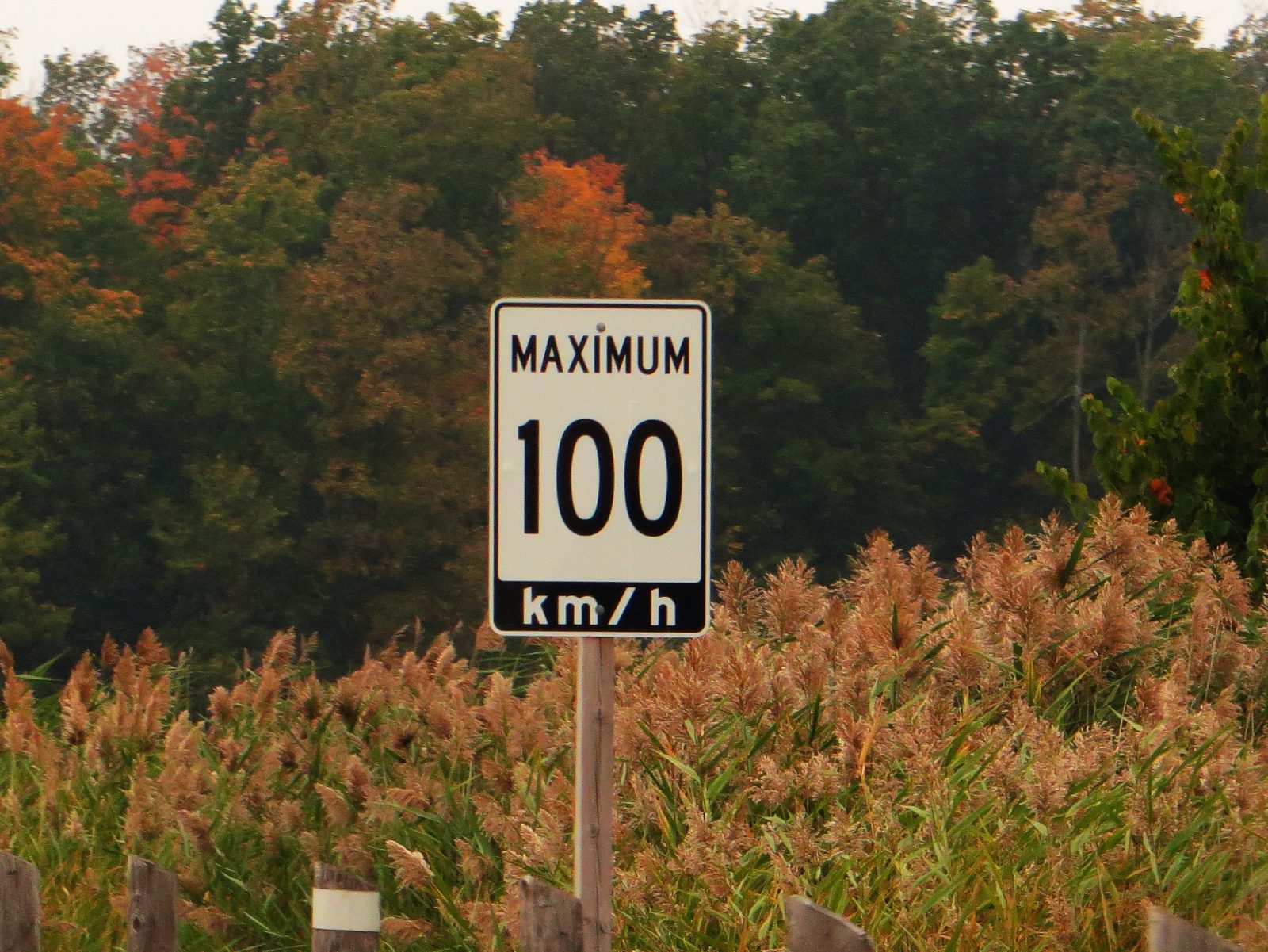CORNWALL – Since 2019, municipalities can use photo radar in school zones and community safety zones in Ontario. While some cities and towns are opting in, it will be at least a year before SDG Counties considers adding it to roads here.
At its March 21 meeting SDG Counties council discussed a report weighing the pros and cons of adding this speed enforcement tool to the Counties’ tool box.
Automated Speed Enforcement (photo radar) uses radar and a special camera to detect and photograph the licence plates of a speeding vehicle. The photograph and radar information is then processed by a third party and a ticket to the vehicle owner is issued. As the ticket goes against the vehicle owner and not necessarily the driver of the vehicle, no demerit points are deducted.
The cameras can only operate in areas designated through a municipal bylaw.
Council learned that the costs involved with the program run approximately $450 per day, which includes fees to the Joint Processing Centre in Toronto, court and camera costs.
Transportation Director Ben deHaan told council that a supplier expected a single camera to generate six fines per day at $77 each, or $460 per day total.
“It’s not a revenue generator. What we’ve seen across Ontario is these programs are very effective,” deHaan said of the photo radar systems in reducing speeding in areas. “I can think of a bunch [of locations] the top of my head already where it makes a whole heck of a lot of sense to have these kinds of things.”
He explained that to start working on adding photo radar to areas now, the current work load of his department would result in outsourcing to a contractor.
“It’s something we have the capacity to do but we’re booked,” deHaan said.
Councillors were not convinced now is the time to start looking at a photo radar system.
“If all our citizens abides by the law, what is the cost to maintain the program and not get the revenues anticipated,” Councillor Frank Landry (North Stormont) asked. “I’m kind of leery that if we’re not maintaining revenue then it becomes quite a cost.”
deHaan said that the $450 per camera per day fees were regardless of whether there were tickets generated or not.
Councillor Stephanie Jaworski (South Glengarry) said that compared to the cost of adding more police officers and patrol cars, a photo radar system could be a more effective solution to dealing with speeding. “But it would need to be in a revenue neutral way.”
“If we do this it would need to be clear about the economics,” she said.
The cost of a photo radar system was a concern of Councillor Allan Armstrong (North Dundas).
“It’s a worthwhile tool,” he said. “It is also $12,000 a month if it goes every single day. It’s not a cheap tool. It’s balancing out whether the cost is educating the public or not. It could be quite expensive.”
With few members of council wanting to move forward immediately on starting the process of adopting photo radar, a majority opted for leaving the decision to the next term of council. That term will begin in mid-November 2022 following the October 24 municipal election.
Ontario previously operated a photo radar system between August 1994 and July 1995. Cancelling the program was among the first pieces of legislation passed by Premier Mike Harris after his election.
This article was originally written for and published in The Morrisburg Leader.



